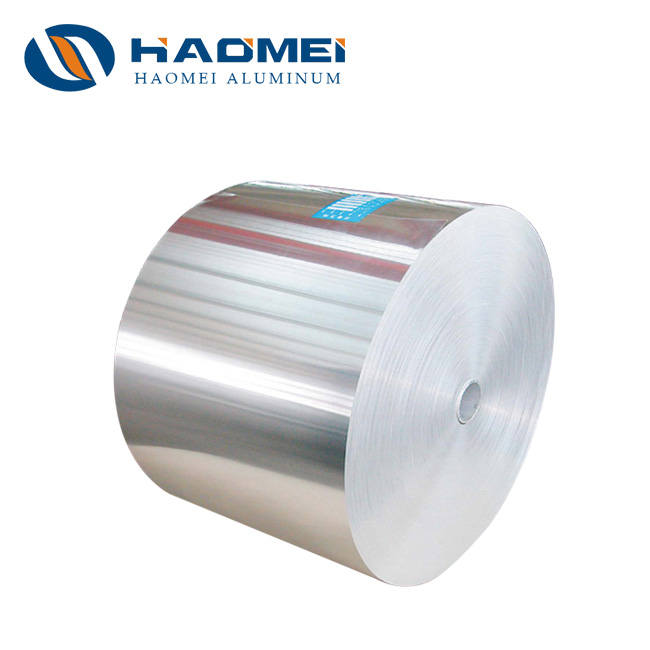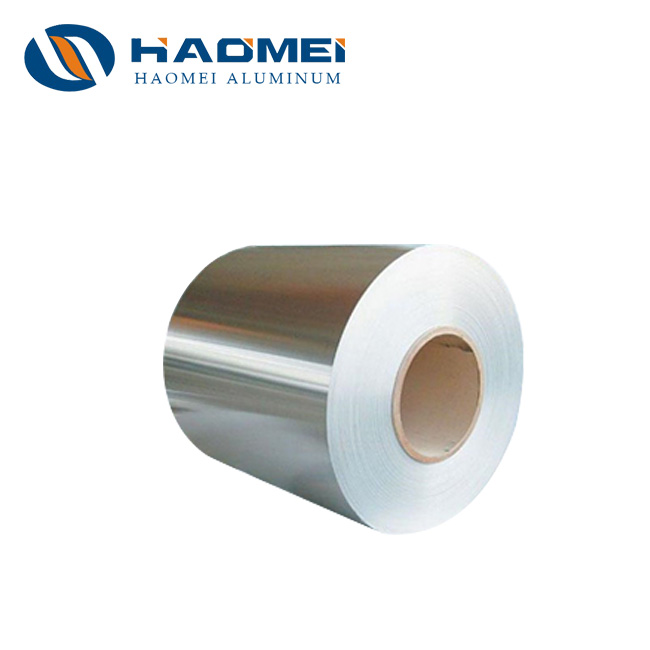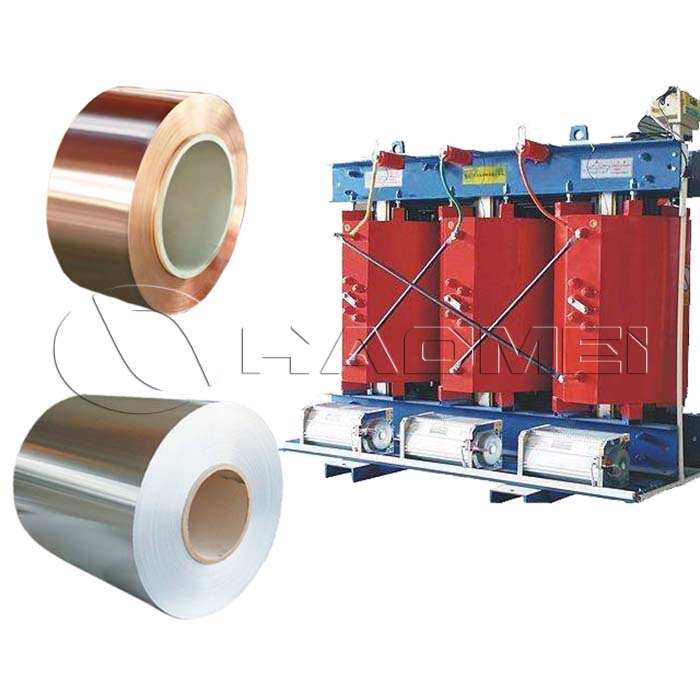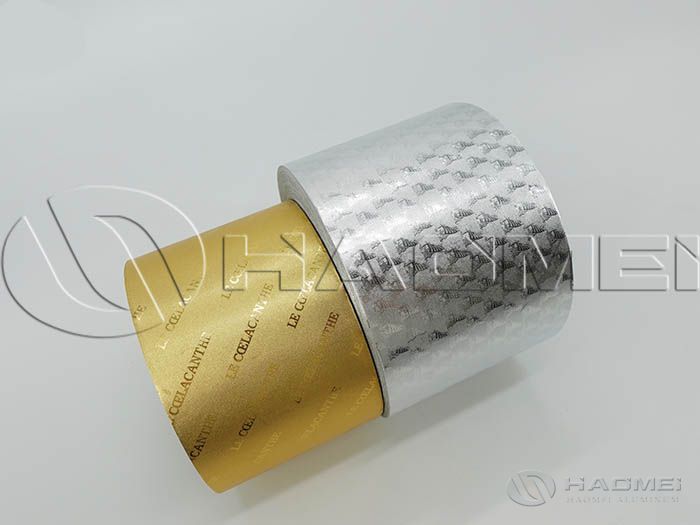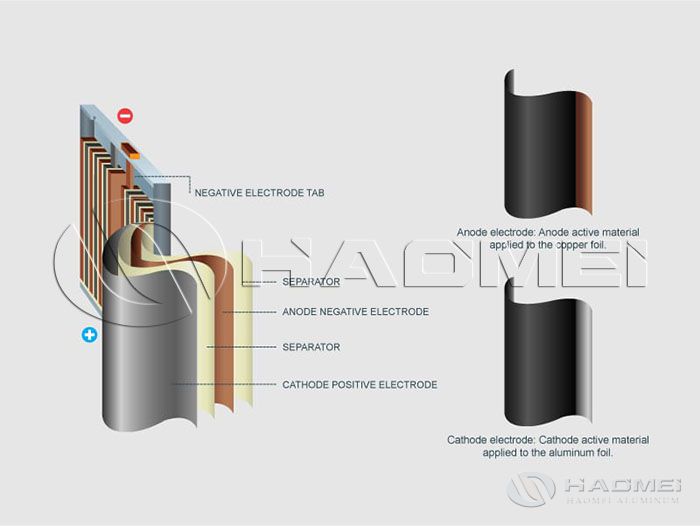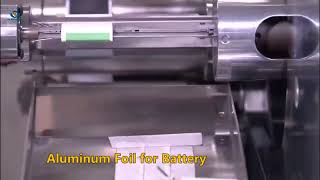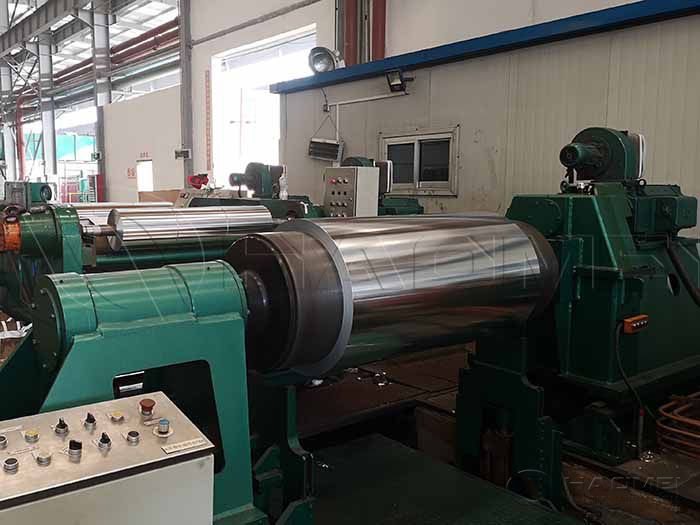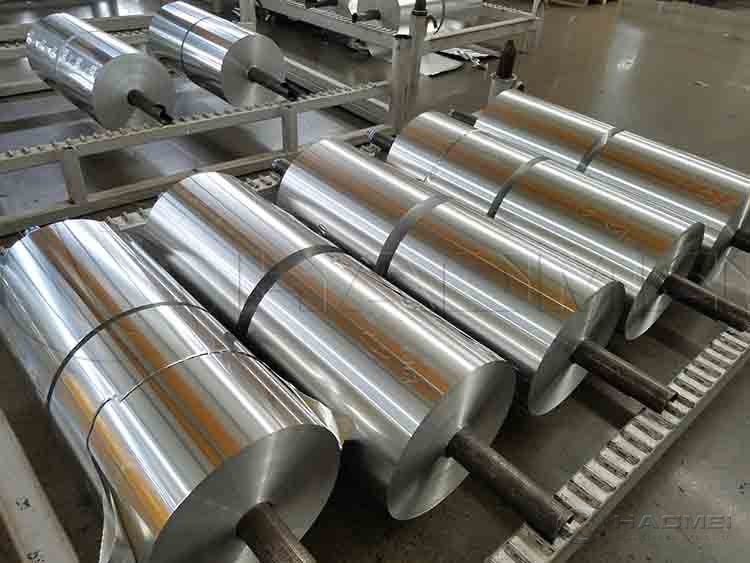The Use of Aluminum Foil in Cable and Battery
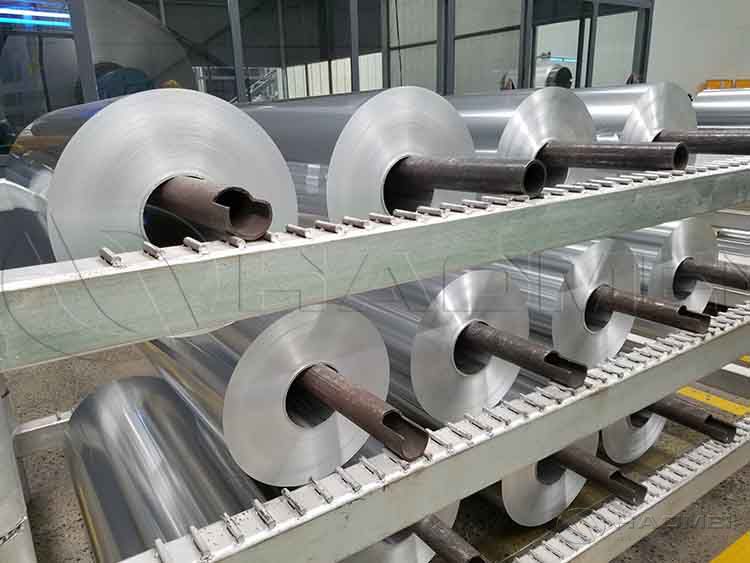
What the advantages and disadvantages of aluminum foil for battery and cable? What are the requirements of aluminum foil battery? The yield rate of Haomei battery aluminum foil can reach 70%. Learn more.
Generally speaking, aluminum foil battery refers to the aluminum foil used for the positive electrode current collector of lithium batteries. On the one hand, the battery positive electrode foil is the current collector electrode, and on the other hand, it is the carrier of the lithium battery positive electrode material, that is, the lithium battery material must be coated on it.
The aluminum foil for battery is an important raw material for lithium battery production. The positive electrode consists of positive electrode tabs, high-temperature tape, positive electrode current collector aluminum foil and positive electrode material. The thickness of the positive electrode current collector aluminum foil is generally 0.010mm-0.015mm.

The cathode current collector aluminum foil of high-end power batteries has a high technical content. Aluminum foil for current collectors is mainly made of 1060, 1070, 1100, 1235, 3003 and other alloys. The mainstream thickness specification is 10-20μm, and some battery manufacturers use 8μm. The future direction is to continue to thin, and may even be reduced to 6μm.
The batter aluminum has a very complex production process, which involves multiple rolling processes and heat treatment processes such as alloy casting, homogenization, casting and rolling, cold rolling, intermediate annealing, foil rolling, etc., and each node is interlocked. Based on this, the yield rate of battery aluminum foil production lines is generally not high. Haomei Aluminum can reach 70%.
Cable aluminum foil is a common cable covering material that offers many advantages, such as corrosion resistance and superior electrical conductivity.
Firstly, cable aluminum foil has excellent corrosion resistance. Aluminum has good antioxidant properties and can form a dense oxide film in the air, effectively preventing further oxidation reactions. This oxide film can protect the aluminum foil from corrosive substances such as oxygen, moisture, acid and alkali in the atmosphere, thereby extending the service life of the cable.
Aluminum foil has a lower electrical potential than other metals and is therefore better able to resist galvanic corrosion. In addition, aluminum foil is resistant to UV radiation, allowing it to be used in outdoor environments for extended periods of time without damage.
Secondly, aluminum foil for cable has excellent conductive properties. Aluminum is an excellent conductive material with an electrical conductivity of approximately 377,000 L/m, which is close to that of copper. Therefore, using aluminum foil as a cable covering material can ensure low resistance and high efficiency when the cable transmits signals. Additionally, aluminum has a lighter weight than copper, making cables using aluminum foil lighter and easier to install. This is particularly important when routing cables, especially in large-scale projects, to reduce material and labor costs.
In addition to its excellent corrosion resistance and electrical conductivity, aluminum cable foil has several other advantages. First of all, aluminum foil has good thermal conductivity properties, which can help the cable dissipate heat and improve the working efficiency and stability of the cable. Secondly, aluminum foil has good plasticity and cutability, making it easy for manufacturers to process and customize according to actual needs. In addition, aluminum foil has a lower cost and is more affordable than other metal materials.
However, cable foil also has some limitations. Firstly, aluminum has relatively low strength and is prone to deformation or damage, so protective measures are required in cable applications. Secondly, the welding performance of aluminum foil is relatively poor and is not as easy to weld as copper. Finally, due to the poor conductivity of aluminum foil, it has a lower current carrying capacity than copper. Therefore, in some scenarios with high current load requirements, other materials may need to be considered.
Inquiry
Products Category
Latest Application
-
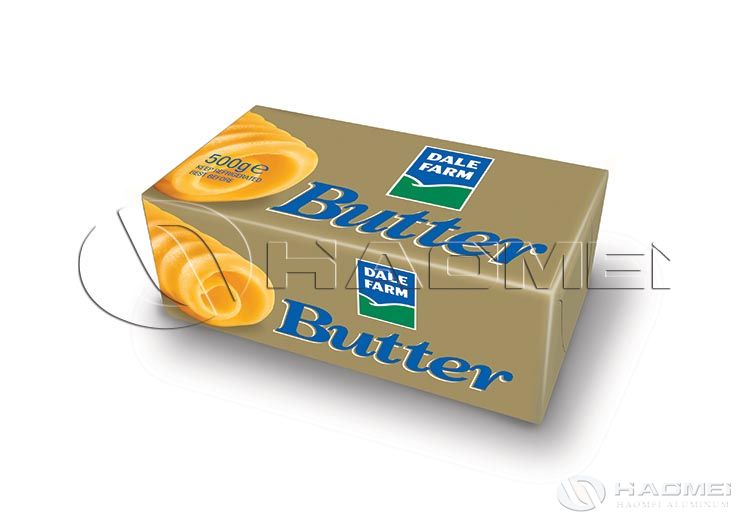 Why butter aluminum foil is neededButter aluminum foil blocks oxygen, moisture, and light, effectively preventing butter from oxidizing and spoiling, preserving nutrients, and significantly extending its shelf life. High-end products can see their sh
application
Why butter aluminum foil is neededButter aluminum foil blocks oxygen, moisture, and light, effectively preventing butter from oxidizing and spoiling, preserving nutrients, and significantly extending its shelf life. High-end products can see their sh
application
-
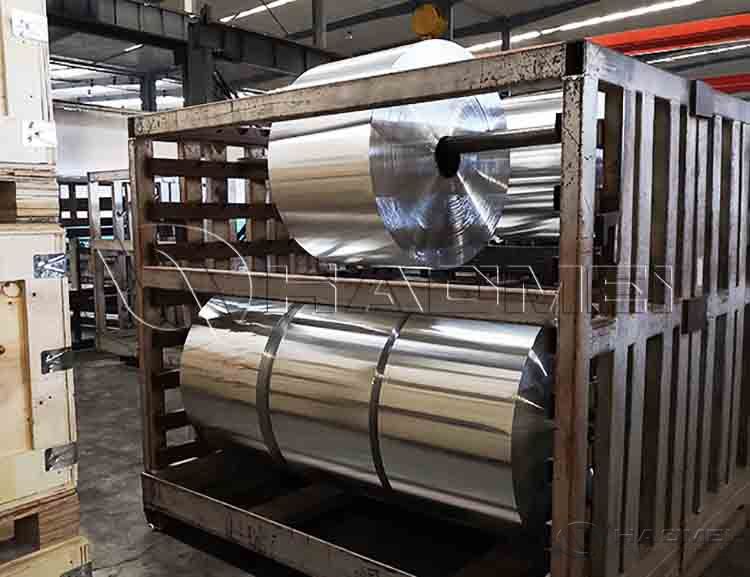 Cables are usually composed of conductors, insulation layers, shielding layers, and sheaths. Aluminum foil for cable is generally located outside the insulation layer as part of the shielding layer. It fits tightly to the surface of the insulation la
application
Cables are usually composed of conductors, insulation layers, shielding layers, and sheaths. Aluminum foil for cable is generally located outside the insulation layer as part of the shielding layer. It fits tightly to the surface of the insulation la
application
-
Aluminum Gold Foil Paper For Chocolate Wrapping
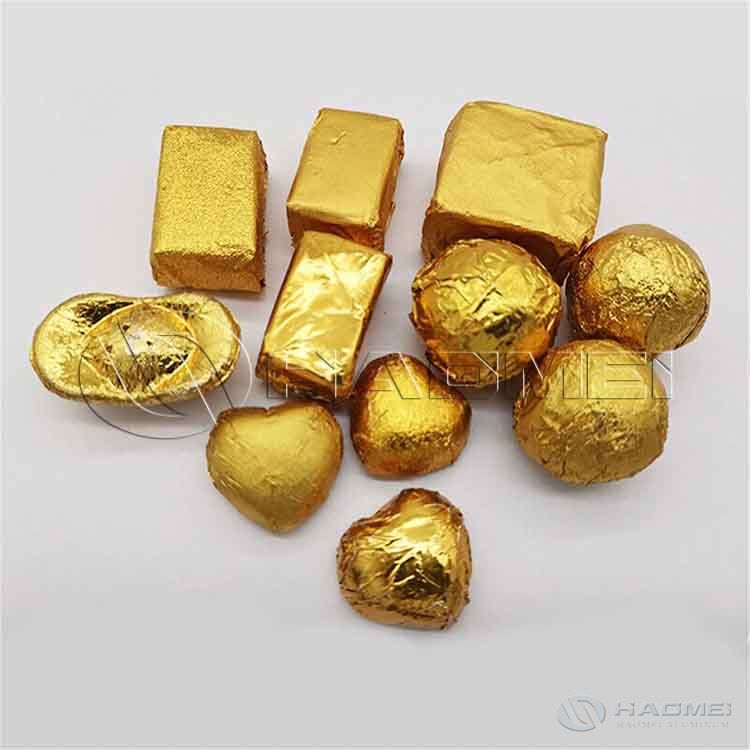 When is aluminum foil used for chocolate wrappingThe use of aluminium foil food for chocolate can be traced back to the early 20th century. In 1911, Swiss candy companies began to wrap chocolate with aluminum foil, gradually replacing the tin foil. T
application
When is aluminum foil used for chocolate wrappingThe use of aluminium foil food for chocolate can be traced back to the early 20th century. In 1911, Swiss candy companies began to wrap chocolate with aluminum foil, gradually replacing the tin foil. T
application
-
PVC Rigid Film and Aluminum Foil for Medicine Packaging
 Haomei Aluminum provides different types of aluminum foil and plastic rigid films like PTP aluminum foil, cold forming foil, tropical foil, PVC rigid film, PE/PET film,etc. Best Price! Inquire now.
application
Haomei Aluminum provides different types of aluminum foil and plastic rigid films like PTP aluminum foil, cold forming foil, tropical foil, PVC rigid film, PE/PET film,etc. Best Price! Inquire now.
application
-
 Haomei Aluminum offers you different colors of air conditioner aluminum foil like hydrophilic aluminum foil, including1100/ 3003 /8006/8011 aluminum foil,etc. Learn more.
application
Haomei Aluminum offers you different colors of air conditioner aluminum foil like hydrophilic aluminum foil, including1100/ 3003 /8006/8011 aluminum foil,etc. Learn more.
application
Latest Blog
-
What Are Uses of Heavy Aluminum Foil
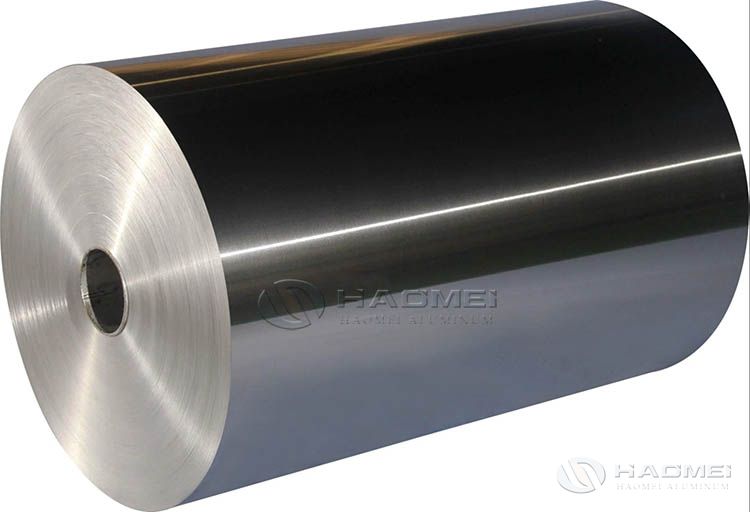 Heavy aluminum foil is still a thin sheet material made of aluminum and aluminum alloys through rolling. According to industry standards, aluminum foil is usually classified based on thickness: aluminum foil with a thickness of less than 0.1 mm is ca
Blog
Heavy aluminum foil is still a thin sheet material made of aluminum and aluminum alloys through rolling. According to industry standards, aluminum foil is usually classified based on thickness: aluminum foil with a thickness of less than 0.1 mm is ca
Blog
-
Blister Packaging: Aluminum foil and PVDC PVC
 Opening a medicine box, the pills and capsules encased in transparent "bubbles" always give a sense of reassurance; opening a snack bag, individually wrapped candies and nuts are often hidden in similar packaging. This packaging format, which co
Blog
Opening a medicine box, the pills and capsules encased in transparent "bubbles" always give a sense of reassurance; opening a snack bag, individually wrapped candies and nuts are often hidden in similar packaging. This packaging format, which co
Blog
-
Heavy Duty Aluminum Foil For BBQ
 Many people think of aluminum foil as just a "wrapping tool," but in a barbecue setting, heavy duty catering foil offers much more than that; it acts as a "personal protective shield" and a "smart heat conductor" for the
Blog
Many people think of aluminum foil as just a "wrapping tool," but in a barbecue setting, heavy duty catering foil offers much more than that; it acts as a "personal protective shield" and a "smart heat conductor" for the
Blog
-
 Composition Purity 1050 Aluminum Foil: Aluminum content is ≥99.5%, belonging to basic high-purity pure aluminum, with no additional alloying elements added, resulting in a simpler composition. 1060 Aluminium Foil: Aluminum content is ≥
Blog
Composition Purity 1050 Aluminum Foil: Aluminum content is ≥99.5%, belonging to basic high-purity pure aluminum, with no additional alloying elements added, resulting in a simpler composition. 1060 Aluminium Foil: Aluminum content is ≥
Blog
-
The Use of Aluminum Foil in Industrial Field
 Among the many materials used in industrial production, aluminum foil plays an indispensable role in several key areas due to its unique physicochemical properties.CapacitorsAs crucial components for storing charge in electronic circuits, capacitors are w
Blog
Among the many materials used in industrial production, aluminum foil plays an indispensable role in several key areas due to its unique physicochemical properties.CapacitorsAs crucial components for storing charge in electronic circuits, capacitors are w
Blog

Haomei Aluminum CO., LTD.
Tel/Whatsapp: +86-15978414719
Email: sale@alumhm.com
Website: https://www.alumfoils.com
Xin'an Industrial Assemble Region,Luoyang,Henan Province,China
Office Add: 1103, No.14 Waihuan Road, CBD, Zhengzhou, China


